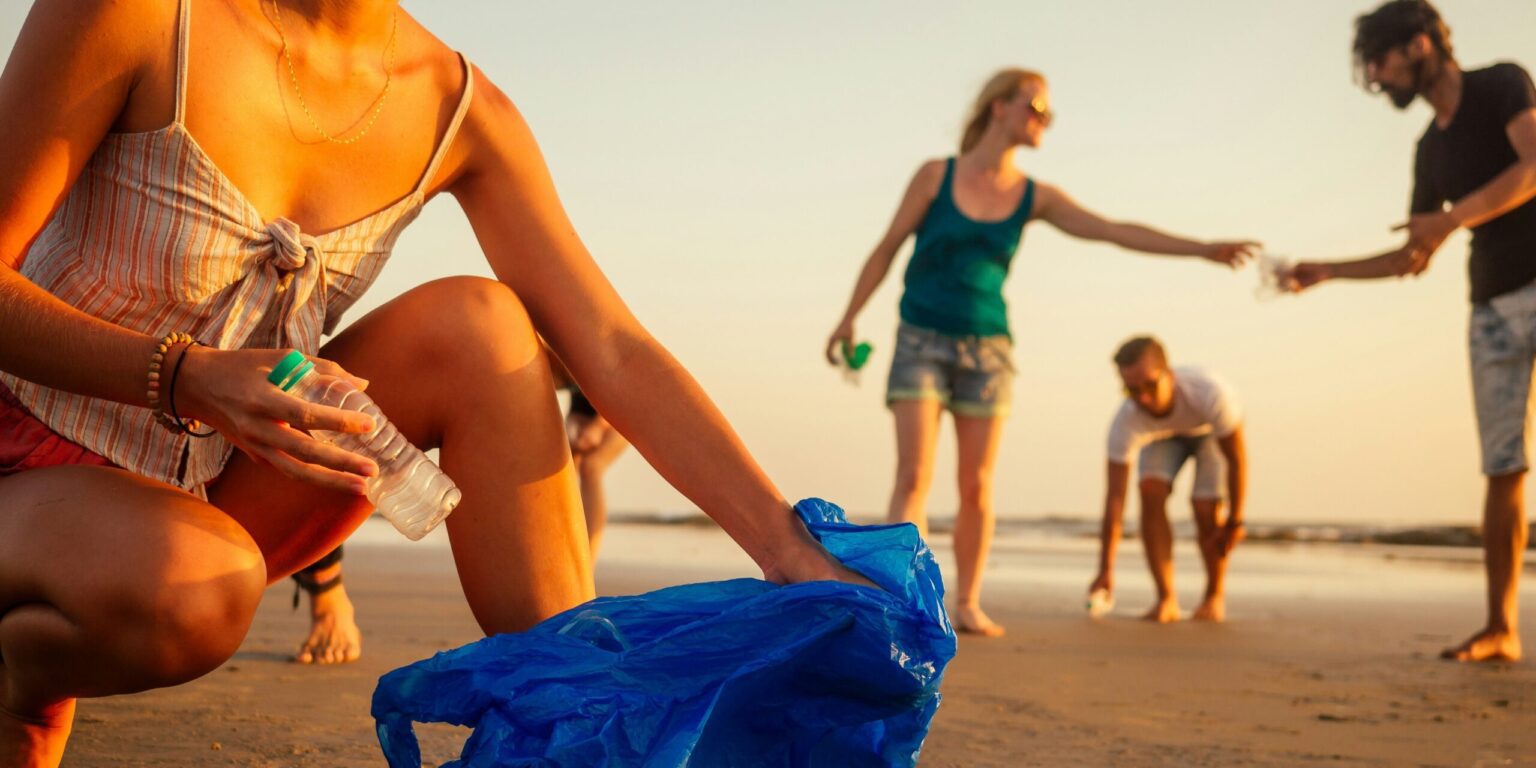July marks the global Plastic Free July campaign—an initiative encouraging individuals and communities to curb single-use plastic consumption. The movement, now embraced by over 100 million participants across 190 countries, is delivering a renewed emphasis in 2025: spotlighting not only environmental preservation but also tangible health benefits.
On July 13, dozens of cities hosted “plastic swap” events aimed at helping residents replace single-use plastics—such as straws, water bottles and sandwich wraps—with healthier reusable alternatives. In Seattle, volunteers set up booths at public parks and transit hubs, trading reusable items in exchange for discarded plastics. San Diego staged a similar event at its waterfront farmers market, distributing compostable produce bags and stainless-steel straws. Though coordinated locally, these efforts align with broader health messages emerging during this year’s campaign.
Recent studies increasingly link everyday plastics to microplastic contamination in food, water and even human tissue. Notably, some research has detected microplastics in all tested human blood samples and even brain tissue. Health experts warn that exposure can introduce potentially harmful chemicals, including carcinogens and endocrine disruptors, into the body. “Plastics contain over 16,000 chemicals, of which at least 4,200 are known to be hazardous,” explains the Plastic Pollution Coalition, urging public awareness not just of environmental damage but of human health implications. Additional care providers recommend practical swaps—such as using glass bottles, stainless-steel containers, wooden cutting boards and paper-based tea bags—to reduce unnecessary exposure to microplastics.
Cities are responding with more than individual behavior change. Many local governments are expanding recycling programs targeting problematic plastics like cling wrap, coffee cup lids, and soft plastics that often evade standard recycling streams. In Washington, DC, the public works department announced new curbside pickup for soft plastics starting this summer, while Austin, Texas is piloting reusable takeaway container programs in local cafés.
Public health offices are also incorporating Plastic Free July into wellness guides. For example, New York City Health launched a campaign urging residents to filter and boil tap water and carry reusable bottles—moves that can dramatically cut microplastic intake. Nutritionists on local radio emphasized choosing fresh produce over heavily packaged foods and using heat-resistant glass or stainless steel for heating and storage.
Thought leaders are urging that Plastic Free July extend beyond July. Judith Enck, president of environmental NGO Beyond Plastics and former EPA official, outlined a “31 Days of Action” plan. This encourages everyday swaps, community advocacy, and reaching out to policymakers to ban problematic plastics. She stresses that local policies—such as plastic bag bans—can cumulatively influence national legislation.
Academics like Professor Richard Thompson of the University of Plymouth—credited with coining “microplastics” in 2004—have drawn attention in 2025 for shaping the international agenda on microplastic governance. Meanwhile, experts on microplastic health effects, such as Tamara Galloway and Chelsea Rochman, are advocating for stricter regulation of drink containers, textiles, and food packaging to limit chemically-laden plastic use.
The hallmark “plastic swaps” are emerging as grassroots engines for change. Event organizers report 100% participation among registered households in Irvine, California. Over 15 metric tons of plastics were prevented from landfill or incineration in Cincinnati. Many participants describe reduced incidence of stomach discomfort after switching to glass water bottles and skipping heat-sealed plastic wraps.
Public health educators also report an uptick in inquiries about “microplastic detox”—an interest that dovetails with complementary shifts toward zero-waste cooking, indoor air quality improvements, and active living.
While Plastic Free July is pivotal, sustained change requires more. Experts recommend enforcing permanent bans on items like plastic straws, bags, and coffee lids; developing municipal programs with soft-plastic curbside pickup and industrial sorting; encouraging manufacturers to switch to safer materials in packaging and product design; and educating consumers about healthier habits year-round, not just during July.
Plastic Free July 2025 is evolving into a dual campaign—environmental protection and public health. While July’s swaps open eyes, the goal is enduring habits, stronger policies, and industry-wide transformation. Communities, experts, and governments are collaborating to ensure that fighting pollution also means safeguarding human health.
